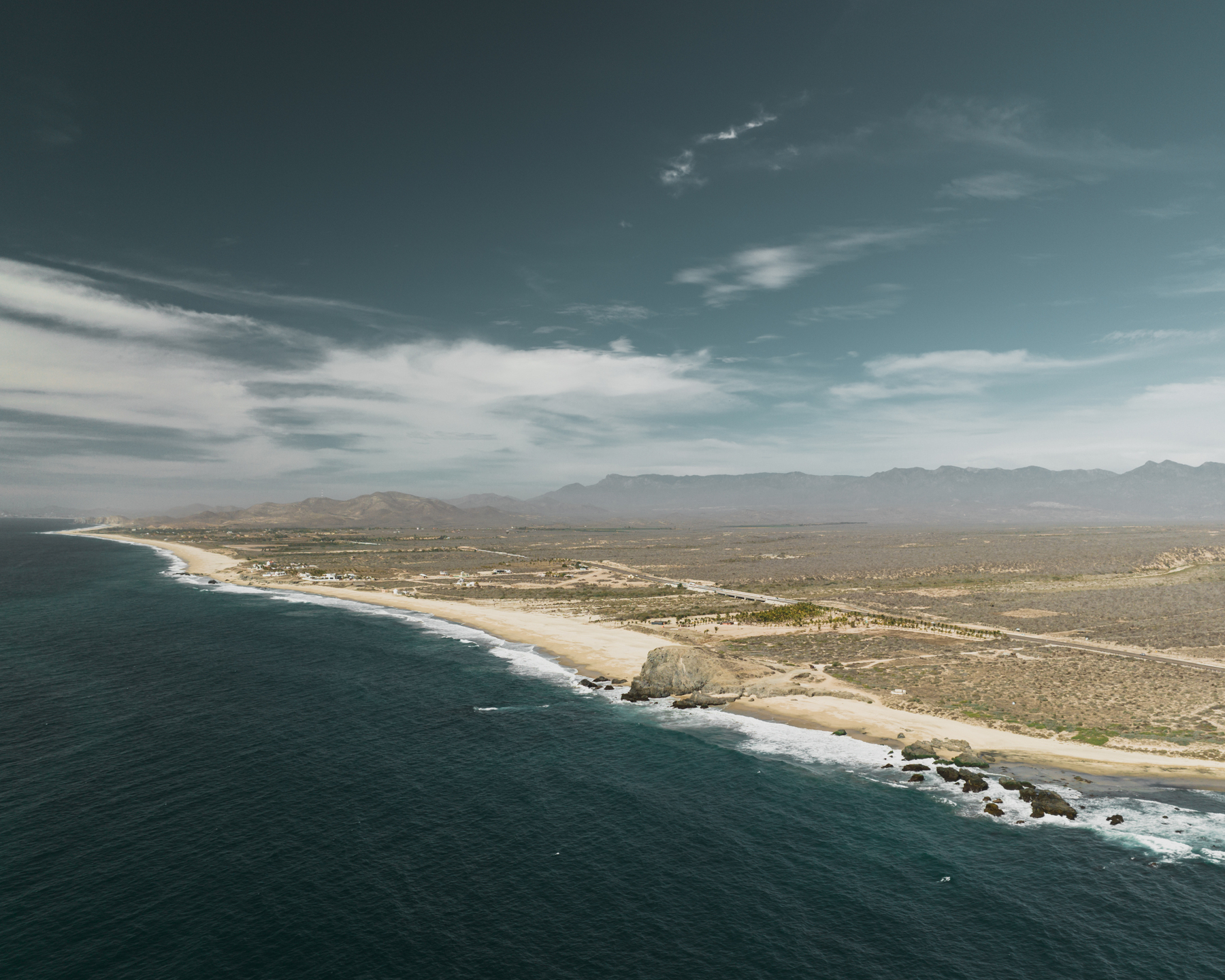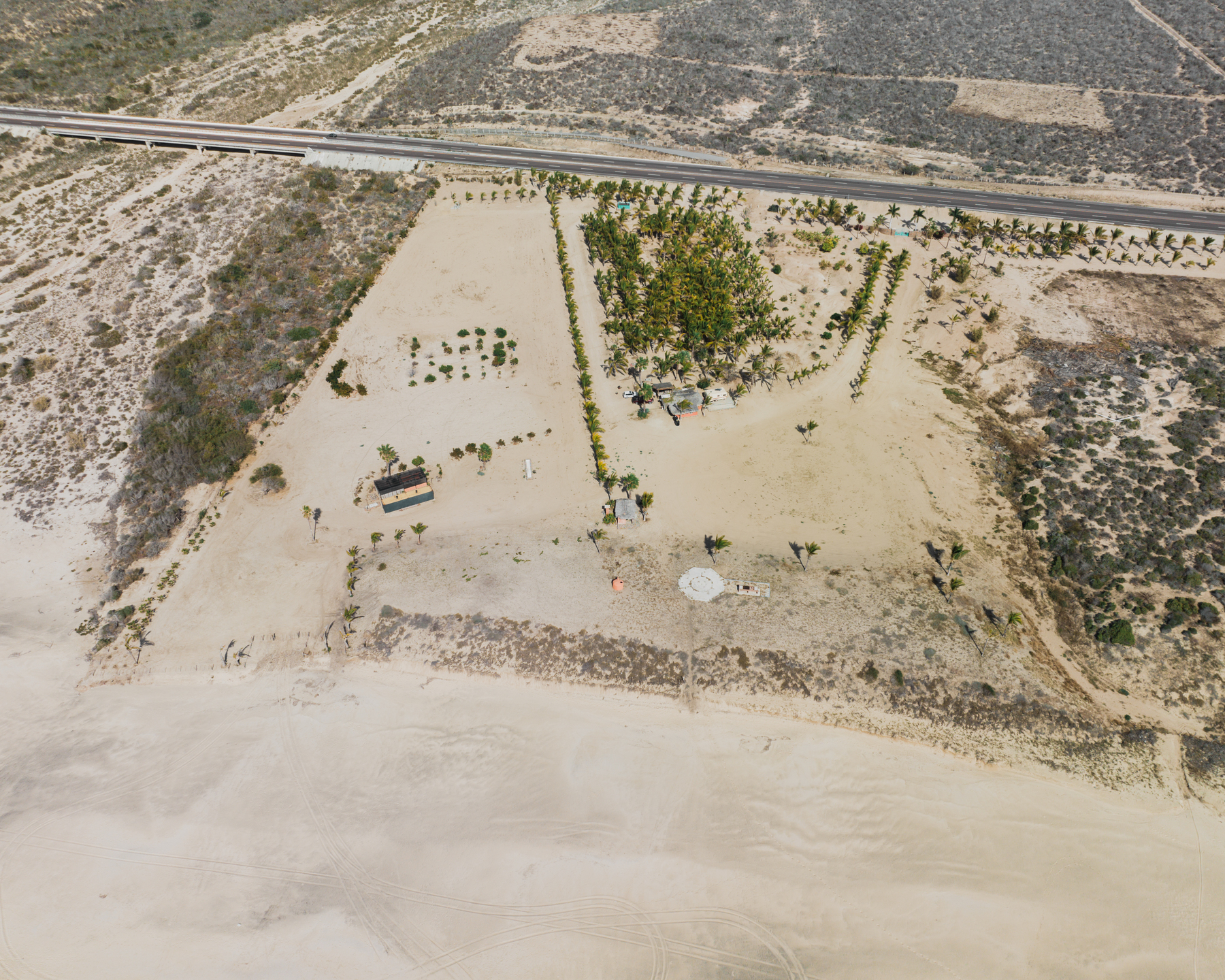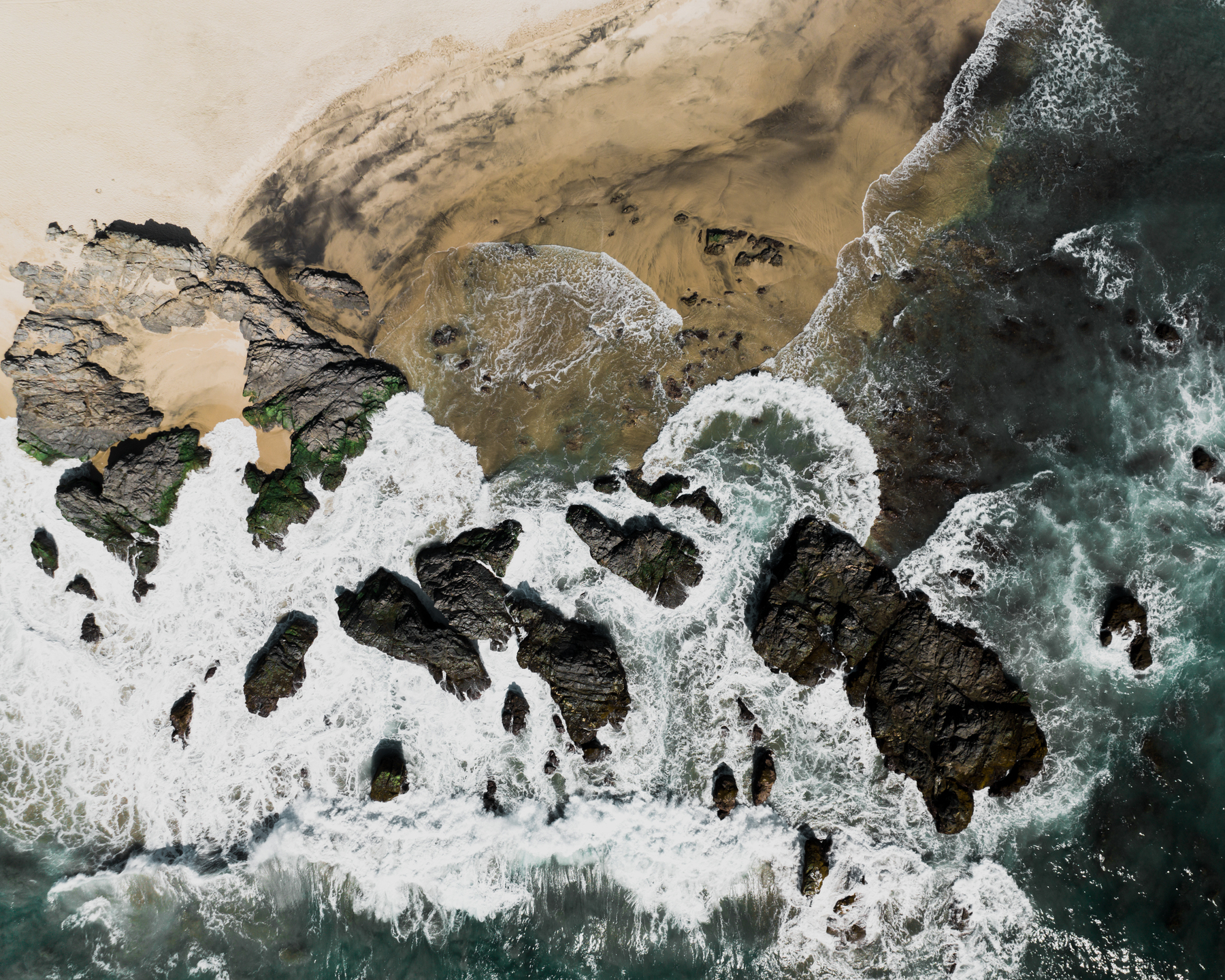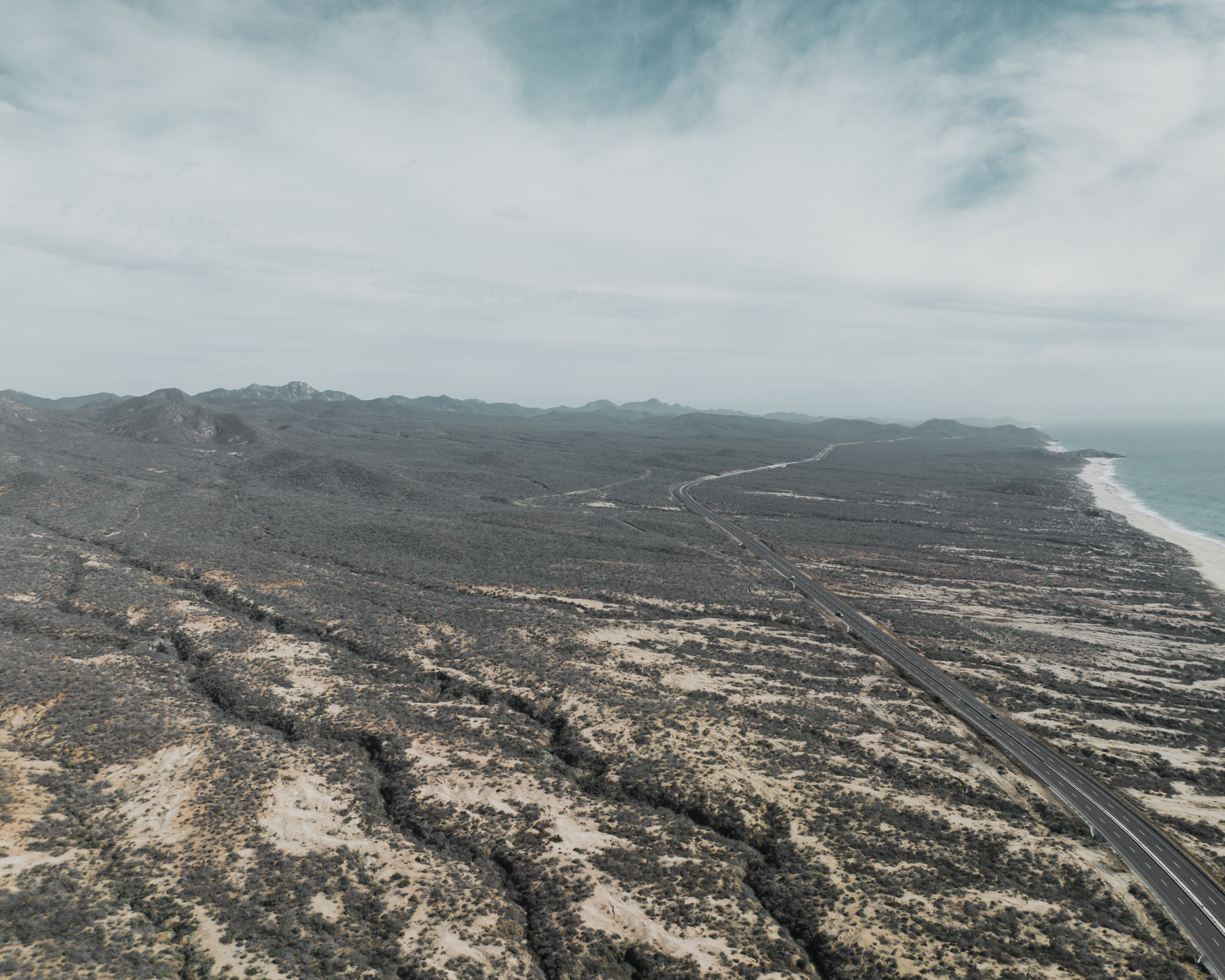Rancho Gaspareño
Bryan Jáuregui quotes Greg Schredder regarding Rancho Gaspareño, Baja California Sur, just south of Todos Santos, emphasis and photos mine:

Rancho Gaspareño was named after a Spanish galleon that went aground on the point, the Gaspareño. It was one of the so-called Manila galleons, Spanish ships that sailed between the Philippines and Acapulco for 250 years, bringing spices, silks and other luxuries from the far east to New Spain. All these galleons sailed the Pacific coast of Baja on their way to Acapulco, so naturally enough the area became riddled with pirates, many of them English and Dutch.
There are many tales of buried pirate treasure in the area, and local school groups still come to explore the cave at Rancho Gaspareño each year to tap into the lore. Treasure hunters have reason for optimism; in 1974 when the road from La Paz to the ferry terminal at Pichilingue was being built, a pirate chest of plundered loot was discovered by road workers.
I think of this part of the Baja coastline as the forgotten area. People drive past Rancho Gaspareño going a hundred miles an hour on the new 4-lane highway and have no idea of the history of the area.
The Guaycura and Pericue Indians were the original inhabitants before the Jesuit’s arrival in 1697, and they were essentially wiped out by the time the Jesuits left in 1768. The Jesuits built their theocracy based on a promise to the King of Spain to get rid of the pirates who were plundering his ships, and the pirates faded away with the demise of the Manila galleons in 1815. Dominican Padre Gabriel González had a ranch near Gaspareño from 1825 to 1850, and the tobacco, rum, sugar, corn, and livestock he produced there made him the richest man in Baja California. From his ranch the padre engaged in espionage and guerilla warfare during the Mexican-American war of 1846-1848, and – thanks in part to the Padre – Mexico won a major victory near Gaspareño (but lost the war). By 1855 the Padre had lost his political backing and left Baja for good. For the next one hundred years entrepreneurs made fortunes in the sugar cane industry with fields in areas like Gaspareño, but in the 1950s a severe drought and price drop lead to the demise of the industry; the last sugar processing plant closed in 1974. In that same year the trans peninsular highway made its way to Todos Santos, bringing new life to the town, and in 1985 renowned artist Charles Stewart arrived from Taos, planting the seed for Todos Santos’ current incarnation as an artists’ colony. It remains an agricultural center and surfing hotspot, only now it is firmly on the radar of major developers.
Now we all just speed past at 120km/hr on the four-lane highway and wonder how much the owner wants for it (shhh, $12M).





